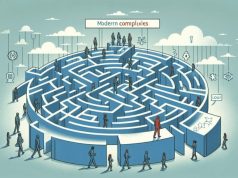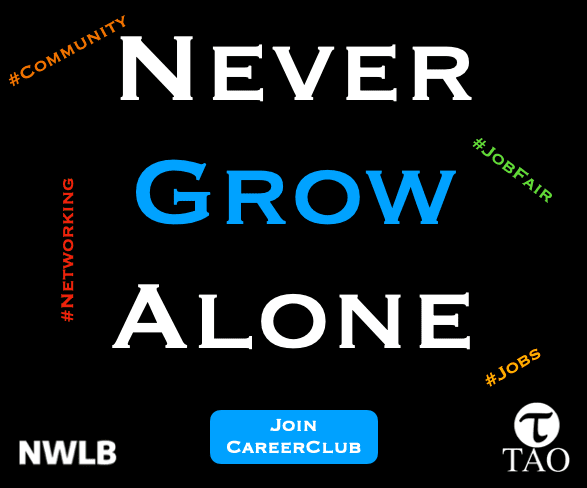Embarking on a career journey within the government sector is akin to navigating a labyrinth – one that is structured, meticulously regulated, and often perplexing. As an experienced Government Affairs Specialist, I have observed that success in this unique ecosystem requires a strategic approach. For those looking to climb the federal career ladder, understanding the lay of the land is vital. This article aims to unravel the complexities of career advancement in the government, providing a roadmap of strategies for our learned readership at The Work Times blog.
Let’s begin with networking. In the public sector, networking isn’t merely about who you know but how you collaborate and contribute to the wider goals of your department or agency. Building a reputation as a reliable and proactive team player can open doors to mentorships, project leads, and promotions. Government employees should actively engage in agency-hosted events, professional associations, and inter-department committees to widen their sphere of influence and gain visibility amongst decision-makers.
Next, mastering the art of negotiation within the bureaucratic tapestry is indispensable. Whether it’s for resources, support for a project, or a new position, negotiation in government requires finesse — understanding the needs and constraints of the agency while articulating your value proposition effectively. Training courses on negotiation and conflict resolution can be significantly beneficial for those looking to hone this skill.
Continuous education and professional development cannot be overstated. The government sector often values formal education and certifications, which can be pivotal in setting oneself apart from the competition. Enrolling in courses relevant to your field, pursuing advanced degrees, or obtaining specialized certifications can not only expand your skill set but also highlight your commitment to personal and professional growth.
Understanding the mechanics of federal promotions is crucial. Promotions within the government may follow a different script compared to the private sector, with factors like time-in-grade considerations and the General Schedule (GS) pay scale system coming into play. To effectively maneuver through this, it’s essential to stay informed about the processes, qualifications, and performance metrics that govern advancements.
To garner personal insights, we spoke with seasoned government professionals and career advisors. A common thread in their advice was the importance of setting clear, measurable career goals. This includes having a well-documented career plan with short and long-term objectives, and the strategies to achieve them. They also emphasized adaptability and resilience, especially in a workplace where changes are often legislative and incremental.
Lastly, thriving in the government sector calls for a nuanced understanding of its culture and mission. This involves respecting the established protocol, demonstrating accountability, and aligning one’s career ambitions with the overarching objectives of the public service.
In sum, navigating the federal career labyrinth demands a proactive approach, an investment in self-development, and an astute understanding of the complex dynamics at play. With these strategies, government employees can approach their career progression with confidence, purpose, and a clear sense of direction.
For our erudite readership of The Work Times blog — primarily drawing from the demographic of The Washington Post, The New Yorker, and The New York Times — the journey through the federal career labyrinth can be as intricate as it is rewarding. We trust these strategies will illuminate your path and equip you with the knowledge to elevate your government career.














